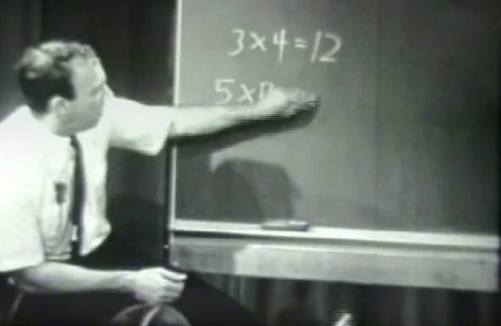First week of the Spring term and I welcome the lighter, brighter days (and warmer mornings).
Low friction: Chris Moyse via Naylors Natter. This paragraph will make sense once you have scanned the post.
First week of a new half-term
My third, “first-week-back” after a half-term and as expected, classes were a ‘little bouncy,’ and as expected, subsequent lessons / learning benefited from quickly re-establishing expectations, routines and ‘noticing’ when pupil’s are attentive.
I think it is worth noting these forecasts and the actions taken. Behaviour management does not have to be about headline grabbing ‘silent corridors.’ Regrettably, careful, minor planning adjustments, reaffirming learning expectations for all and noticing pupil adherence – is not as catchy.
Actions prior: Plan a slightly shorter lesson (10-15%) to allow for positive greetings at the start, connecting last terms, to this terms learning, retrieve old and prime new learning. eg 6, not 8 questions on the retrieval quiz, shorter, more controlled, more flexible learning activity – so that the lesson is more controlled, completed, pupil success recognised setting up a return to full throttle next lesson.
Actions: ‘Meet and greet,’ a focused and familiar tasks on entry (retrieve / recap), notice pupil preparedness, reinforce standards eg exemplary book work, notice the positives.
As I teach a core subject – lesson two came quickly and we were back on full-throttle.
Habits
Back on the morning runs and two excellent podcasts to recommend (I’m back with you Gayle) and somewhat serendipitously, Wendy Wood, Professor of Psychology and Business at the University of Southern California and author of Good Habits, Bad Habits: The Science of Making Positive Changes that Stick – discuss habits. Habits I was only reminding my students of at the start of the week.
Whereas Wendy shares concrete ways we can form new habits, I was looking to reinforce fractured habits.
Points of reference – proximity – being physically / geographically close to the habit matters (of course, away from school, the habits of the classroom decay). Second, she introduced the concept of ‘friction’ – making bad habits more inconvenient. Here I am thinking about supporting pupils to manage distractions. Should teachers, at tutor time, ask pupils to turn mobile phone off, adding the friction of having to turn phones on, before being distracted? (Just an example).
Professional Growth Model
Growing Great Teachers – a Naylor’s Natter interview with Chris Moyse. Simple, pragmatic, wholesome.
I present my three lessons as I an encountered them. However – Chris’s interview is most probably the most useful for teaching-leaders with similar interests to me(the only reason I can think of that you would be reading this post in the first place). Learning from Prof Wood – I reduced the friction and placed a link at the top on the post.
It would be easy to summarise Chris’s work as improving Professional Review however I would go as far as saying it is a people strategy: professional growth, Coaching, professional development, professional learning and learning communities, lesson observation practice, instructional coaching, retention-recruitment and the complexities and interconnected as these components – and where quality assurance and Teacher Standards come in. I am also going to note the absence of performance / teaching targets.
I know this is a forth point – but I wanted to thank Tim Clarke (@tim_jumpclarke) who I met with this week to discuss our professional interest in Coaching and Mentoring.


